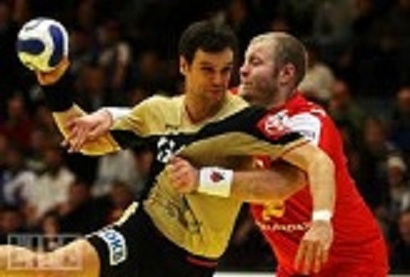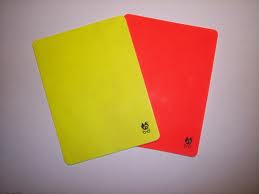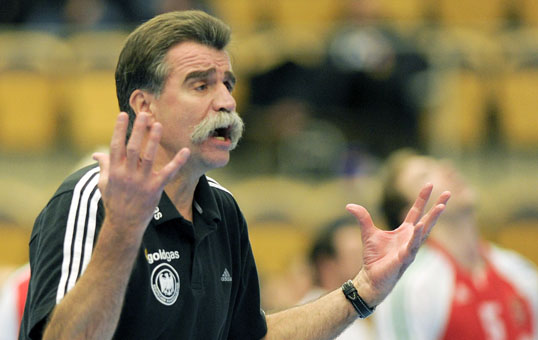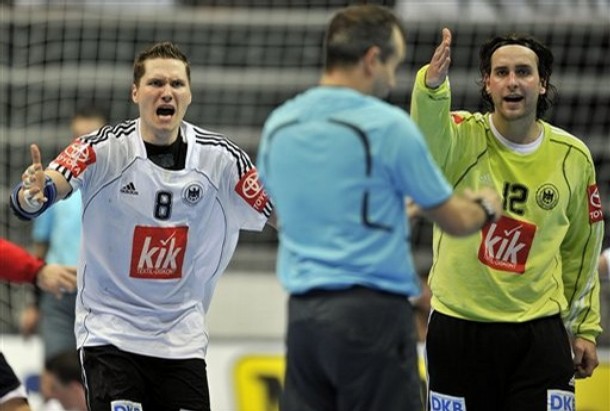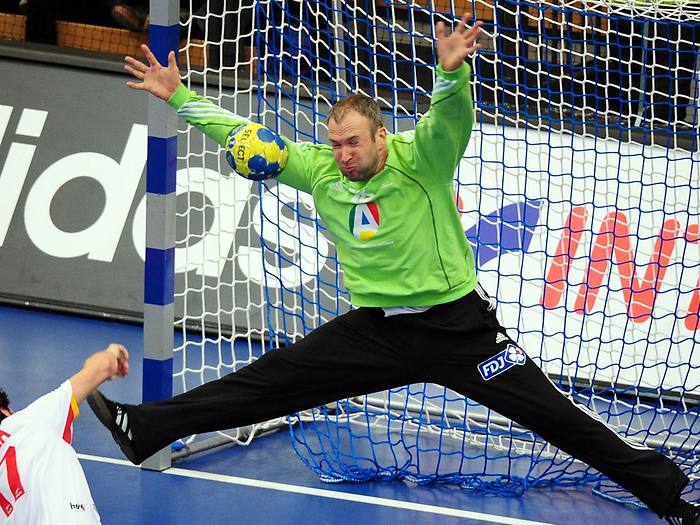There have been suggestions, including from the IHF President, that changes in rules and attitudes would be needed to speed up the game and to create more excitement. Apart from focusing on this aspect when I watched the games in Sweden, I took the opportunity to ask some players, coaches, journalists and TV producers.
I have rarely heard such unanimous opinions on any technical topic in handball. Many very surprised at the question. They felt the issue at this time is that the emphasis on pure speed and quick action may have gone too far. For instance, they noted that there are now many more fast counterattacks than just 10-20 years ago. And the rules changes that allow for a throw-off, after a goal, to be taken more quickly have really been effective. There is now a lot of pressure on the team that scored to get back on defense, and the mere “threat” of a rapid restart creates a bit of drama. Similarly, only in some tactical situations are there any delays caused by substitutions. Teams are now used to (and forced to) handling it very efficiently.
So from the standpoint of coaches and players, the main argument was instead that a further emphasis on speed would have a negative effect on ball handling and technical skills. It would simply be impossible for players to maintain the same control as they have now. And the view was that the game is nicer to play and to watch with this degree of control. There was also a sense that the fitness of the players is generally as strong as it can reasonably get. A further push for speed would cause a change in physical preparation and training methods that would be not just undesirable but in fact unrealistic. It was also noted that the risk for injuries will probably increase with higher speed and constant action. A loss of overview and body control would tend to cause more collisions with defenseless players.
I also chatted with some spectators. Here the response was often that “we watch handball precisely because it has so much speed and action”. Some compared with basketball which they found boring in this respect. “We also need time to digest and celebrate what we see”, was another reaction. The only negative remark involved excessive stoppages for real or “fake” injuries. It was felt that some teams use this kind of tactics to slow the game down against a superior opponent.
The journalists I canvassed had roughly the same opinions as the ordinary spectators. The separate category of TV commentators and producers had their own special concern. They liked the speed of the game with counterattacks and quick ball movement. But they felt that the restarts were often too immediate to allow them the necessary time for commentary or for slow motion repetitions. So they would not be in favor of having a quicker turn-around in the game. Instead, their focus tended to be at the overall concept of time-outs, but of course only at the top level where TV broadcasts are common.

